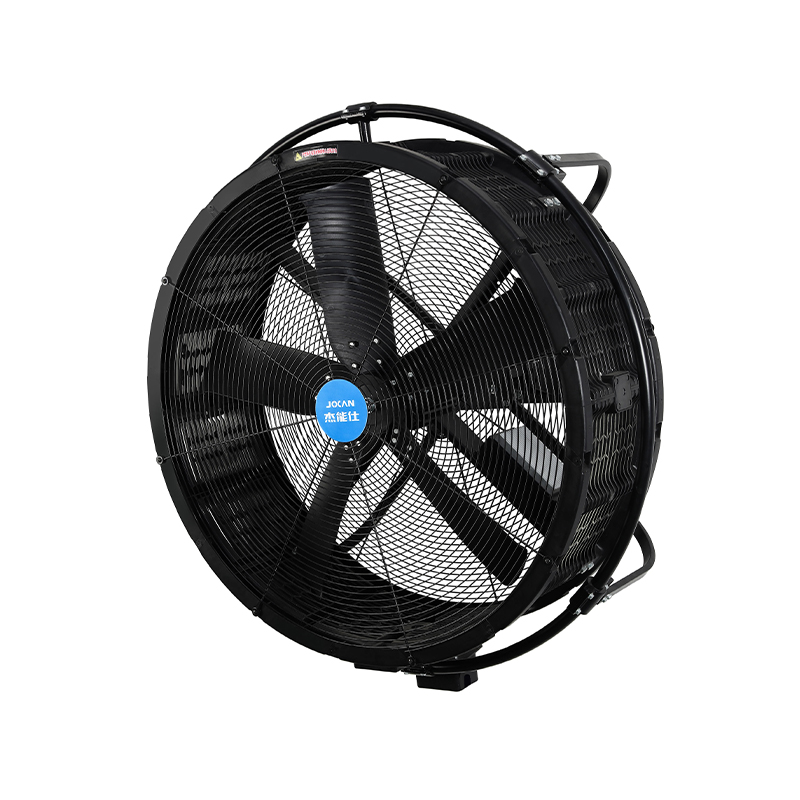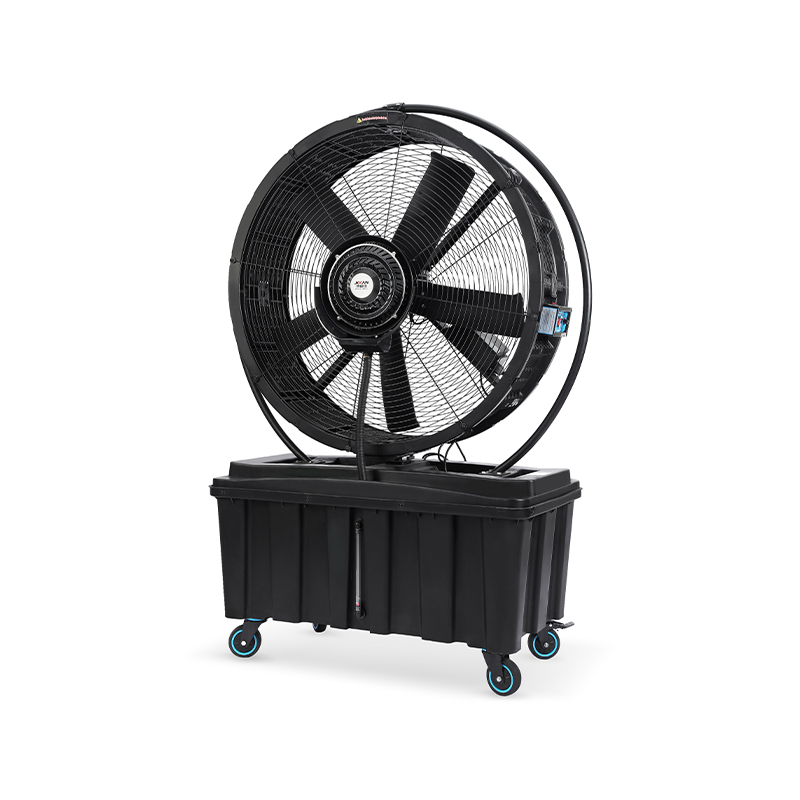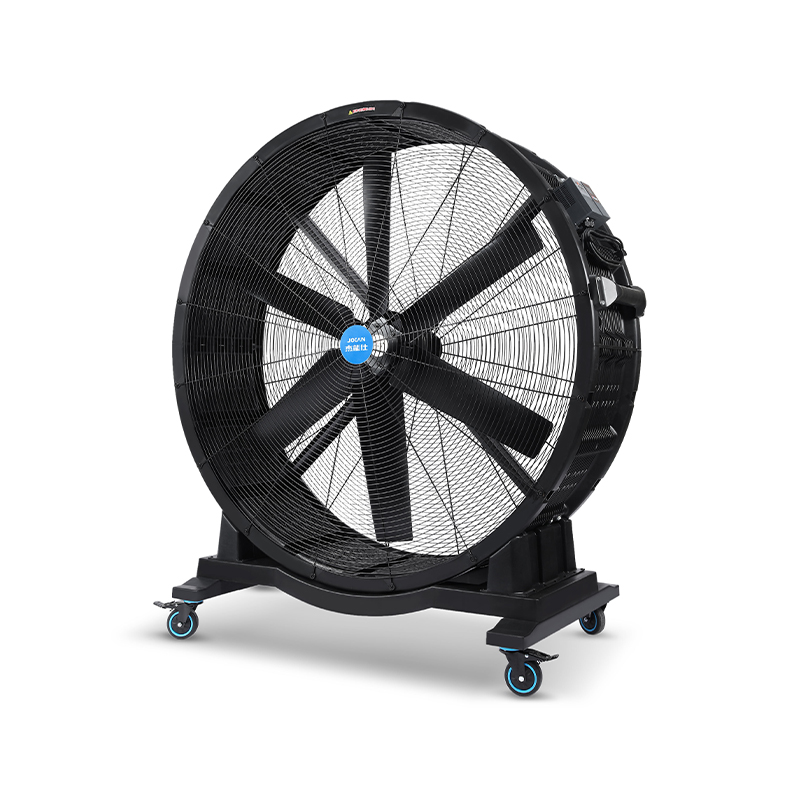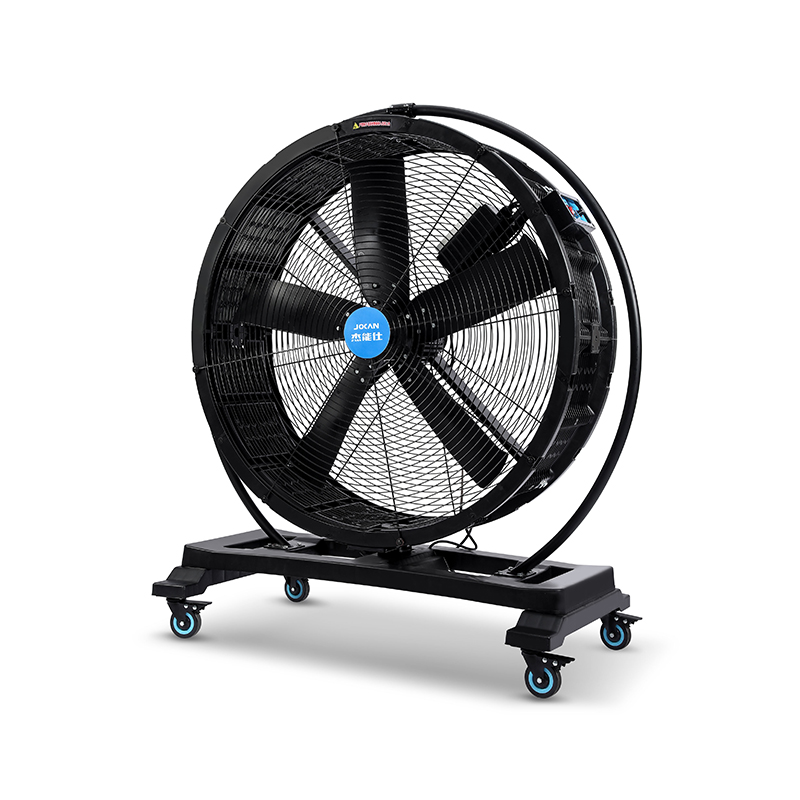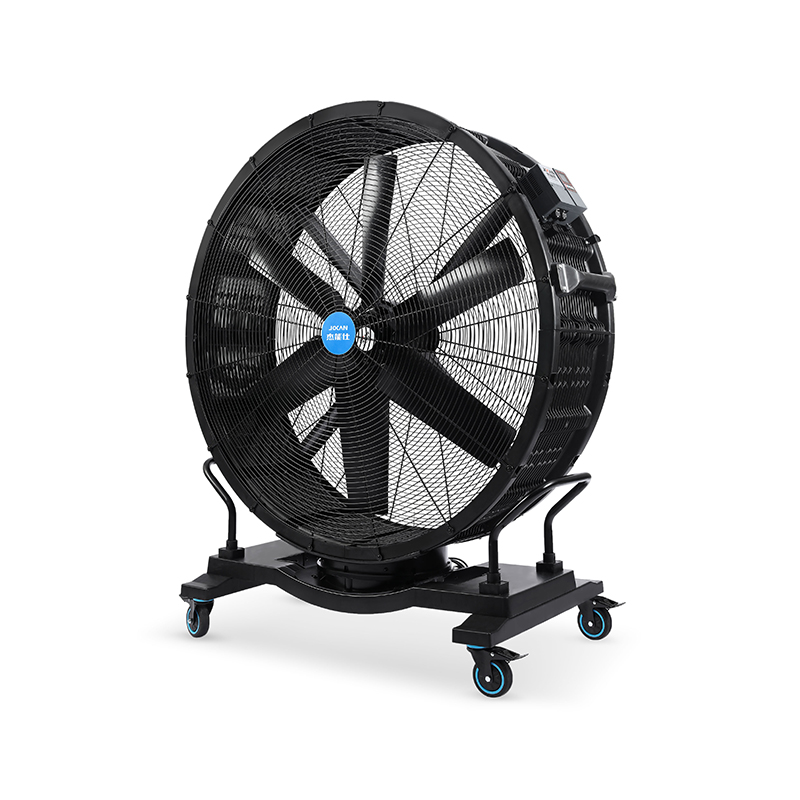Industrial environments often demand reliable and efficient ventilation solutions tailored to specific needs. Whether it's a manufacturing plant, warehouse, or commercial facility, maintaining proper airflow is crucial for safety, comfort, and operational efficiency. At the heart of these solutions are industrial fans engineered to deliver dependable performance across a variety of conditions and applications. Among these, the external duct fan, variable speed industrial fan, and industrial oscillating ceiling fan play important roles in providing versatile airflow control suited for different industrial settings.
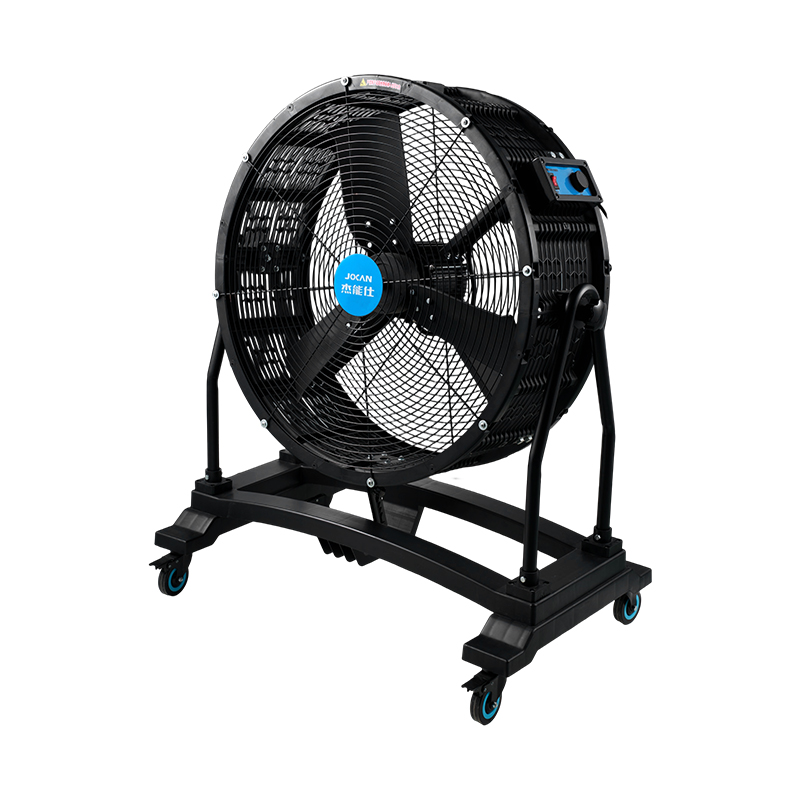
The external duct fan is designed to fit within ductwork systems to facilitate effective ventilation in confined or complex spaces. This type of fan is particularly useful in situations where air needs to be moved through tight channels, such as in HVAC systems or exhaust ducts. Its reliability comes from robust construction that withstands continuous operation and varying air pressures. By integrating external duct fans into ventilation setups, facilities can ensure that stale or contaminated air is efficiently exhausted, helping to maintain a healthy work environment.
In many industrial applications, control over airflow intensity is key to optimizing energy use and comfort. This is where the variable speed industrial fan proves its value. Unlike fixed-speed fans, variable speed industrial fans allow operators to adjust the fan's speed to match current requirements. This flexibility not only conserves energy but also reduces wear and tear on the fan components, extending the equipment's service life. For example, during periods of lower activity, slowing the fan speed reduces noise and energy consumption, while ramping it up when ventilation demands increase ensures adequate airflow.
Another solution that addresses airflow in large indoor spaces is the industrial oscillating ceiling fan. These fans are mounted on ceilings and provide broad circulation by oscillating from side to side. Industrial oscillating ceiling fans help to evenly distribute air throughout expansive areas such as warehouses, manufacturing floors, or gymnasiums. Their oscillation prevents stagnant air pockets, promoting better temperature regulation and improving worker comfort. Their durable design allows them to withstand industrial conditions, including dust, humidity, and temperature fluctuations.
One of the challenges in industrial fan engineering is balancing performance with durability. Each of these fans—external duct fans, variable speed industrial fans, and industrial oscillating ceiling fans—must be designed to operate reliably under tough conditions. Dust, grease, heat, and continuous operation can all stress fan components. Therefore, material selection, motor design, and protective coatings are critical factors in ensuring longevity. For example, motors in variable-speed industrial fans are often built with advanced insulation and cooling mechanisms to prevent overheating during extended use.
Integration with existing systems is another important consideration. External duct fans need to be compatible with a range of duct sizes and configurations to fit smoothly into ventilation setups. Meanwhile, variable speed industrial fans often come with control systems that can be linked to building automation or environmental sensors, allowing for responsive adjustments. Industrial oscillating ceiling fans typically feature mounting options that suit different ceiling heights and structures, ensuring stable installation and effective operation.
Maintenance and ease of service also contribute to the reliability of these industrial fans. Designs that allow for easy access to components reduce downtime during repairs or routine checks. For external duct fans, removable covers or inspection ports make it simpler to clean and maintain internal parts. Variable speed industrial fans often include diagnostic features to alert operators about motor or controller issues early on. Industrial oscillating ceiling fans benefit from balanced blades and sturdy oscillation mechanisms that less vibration and wear.
Choosing the right type of fan depends heavily on the specific needs of the industry and facility. External duct fans are well-suited for ventilation systems where air is channeled through ducts, such as in laboratories or kitchens. Variable speed industrial fans are advantageous in environments where airflow demands fluctuate, including assembly lines or storage areas. Industrial oscillating ceiling fans fit well in large open spaces that require consistent air movement for comfort and safety.
In all cases, the goal is to engineer fans that deliver reliable airflow, contribute to energy efficiency, and stand up to the demands of industrial use. The continuous development of external duct fans, variable speed industrial fans, and industrial oscillating ceiling fans reflects the commitment to meeting diverse ventilation challenges. These fans support healthier work environments, protect equipment from overheating, and improve overall productivity.
The future of industrial fan engineering lies in combining innovative motor technology with smart control systems. Variable speed industrial fans, in particular, demonstrate how adaptability enhances both performance and efficiency. At the same time, improvements in materials and construction ensure external duct fans and industrial oscillating ceiling fans remain durable and low-maintenance.
Ultimately, industries rely on well-designed fans to manage air quality and comfort. External duct fans provide focused ventilation through duct systems, variable speed industrial fans offer adjustable airflow to meet varying needs, and industrial oscillating ceiling fans deliver broad coverage to large spaces. Together, these fans form a reliable foundation for industrial ventilation solutions tailored to every industry's requirements.
 Add: Plot 23, Huanglang Industrial Zone, Jinqing Town, Luqiao District, Taizhou City, Zhejiang Province
Add: Plot 23, Huanglang Industrial Zone, Jinqing Town, Luqiao District, Taizhou City, Zhejiang Province
 TEL: +86-13586083215
TEL: +86-13586083215

 English
English English
English عربى
عربى 한국어
한국어


